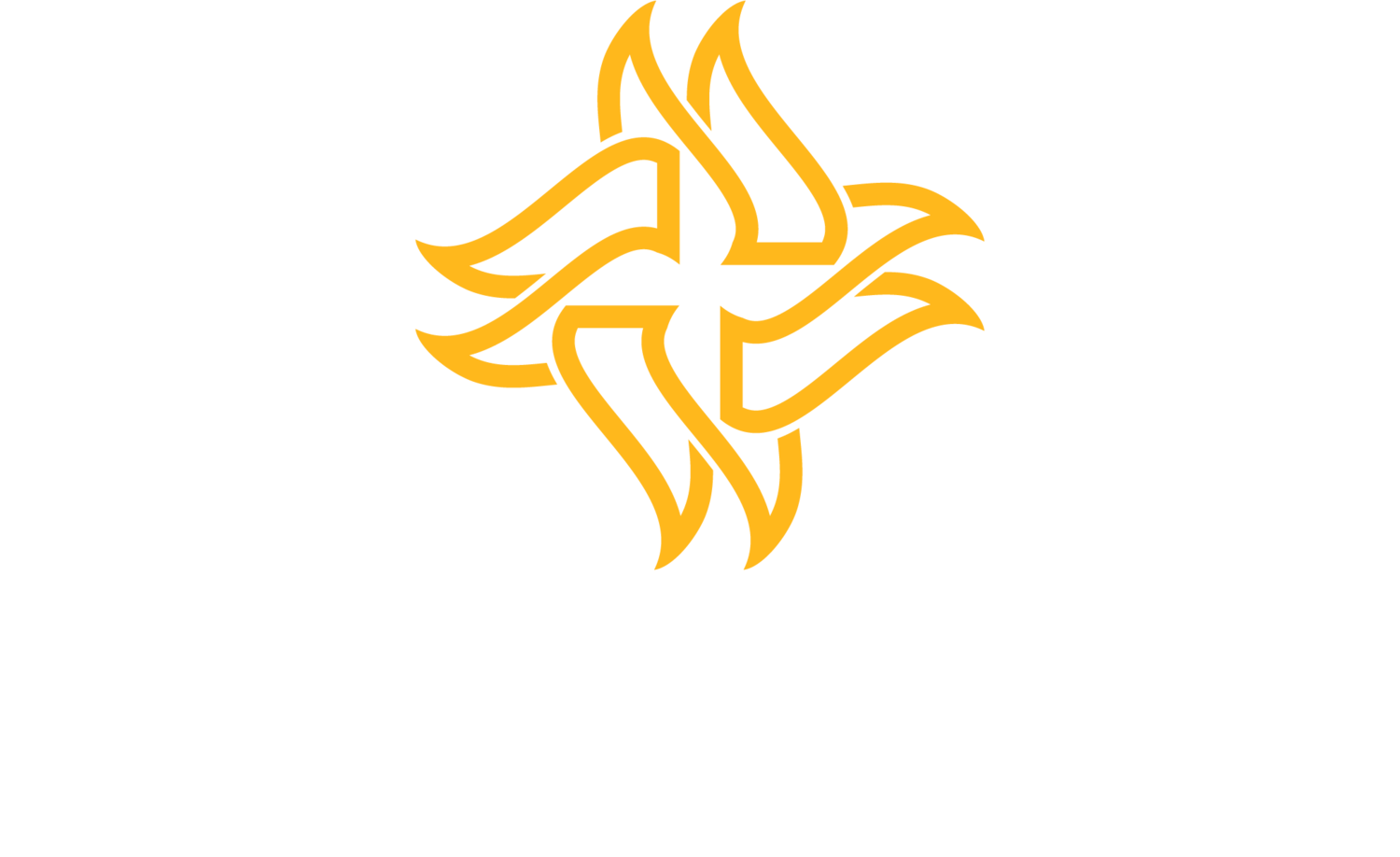
Harnessing the Power of a Six-Generation Workforce
The Australian workplace is more diverse than ever, with six distinct generations contributing to organisational success. Each generation brings unique strengths, shaped by the world they grew up in—whether it was marked by global conflicts, technological breakthroughs, or shifts in social norms. To harness the potential of this diverse workforce, leaders must create an environment that values and incorporates each generation's perspectives. This blog explores the power of generational diversity and why organisations need to embrace it to thrive in today’s rapidly changing landscape.
Understanding Generational Diversity
The six generations currently in the workforce include the Silent Generation, Baby Boomers, Generation X, Millennials, Generation Z, and the emerging Generation Alpha. These groups are shaped by the experiences and societal changes they grew up with—events such as wars, economic recessions, technological advances, and cultural shifts. Generations are more than just age groups; they represent shared experiences and values that shape how individuals approach work and life.
For instance, Baby Boomers grew up during a time of economic expansion and social change, leading to a strong work ethic and loyalty to employers. Millennials, on the other hand, matured during the rise of the internet and globalisation, resulting in adaptability and tech-savviness. Meanwhile, Gen Z, who grew up in the digital age, prioritise flexibility and social responsibility in the workplace.
These generational traits can benefit an organisation if leveraged appropriately. However, the challenge for leaders lies in understanding these differences without stereotyping and creating an environment that recognises individual contributions while building a cohesive, innovative team.
“Companies that foster a diverse workforce are 1.8 times more likely to innovate and adapt to change. Australian businesses that embrace diversity report increased employee engagement, reduced turnover, and improved problem-solving abilities.”
The Business Case for Embracing Generational Diversity
Harnessing generational diversity isn’t just about inclusion—it’s a business imperative. According to the 2023-24 Workplace Gender Equality Agency report, companies that foster a diverse workforce are 1.8 times more likely to innovate and adapt to change. Australian businesses that embrace diversity report increased employee engagement, reduced turnover, and improved problem-solving abilities.
Generational diversity brings different perspectives to the table, enhancing creativity and decision-making. Imagine a team where a Baby Boomer’s experience meets a Gen Z’s digital expertise—the result can be enriched discussions leading to creative solutions and innovation. When leaders tap into these complementary strengths, they create a culture of collaboration where everyone feels valued for their unique contributions.
Creating an Inclusive Environment for All Generations
To unlock the potential of a six-generation workforce, it’s crucial to establish an inclusive culture where everyone feels heard, respected, and valued. Leaders can achieve this by focusing on fostering empathy, effective communication, and curiosity. Here are a few ways:
Empathy and Understanding: Each generation has distinct values, work styles, and expectations. Leaders who practice empathy can better understand these differences and create an environment that respects diverse perspectives. Empathy helps bridge the gap between generations, ensuring that employees feel supported and understood.
Effective Communication: Miscommunication often arises from generational differences in communication styles. While Boomers might prefer in-person conversations, younger generations are more accustomed to digital communication. Leaders must be adaptable and open to various forms of communication, ensuring messages are conveyed effectively across all channels. This adaptability fosters trust and cohesion within multi-generational teams.
Curiosity to Do Things Differently: Curiosity is key to innovation, and leaders should cultivate it by encouraging employees to question the status quo and explore new ways of doing things. By fostering curiosity, organisations can bridge generational divides and inspire creative problem-solving. Leaders should also be curious about each generation’s unique experiences and insights, using this knowledge to enrich team dynamics.
Leveraging Generational Strengths for Organisational Success
The unique strengths of each generation can be a powerful tool for organisational growth. Here are some examples of how different generations can contribute to success:
Silent Generation: Offers a wealth of experience and a strong work ethic, acting as mentors to pass on valuable knowledge and provide guidance to younger colleagues.
Baby Boomers: Bring dedication and loyalty, with an emphasis on teamwork and a willingness to mentor the next generation of leaders.
Generation X: Combines traditional values with modern approaches, bringing resilience, independence, and adaptability to leadership roles.
Millennials: Known for their adaptability, collaboration, and digital skills, Millennials are well-suited to lead initiatives that involve technology and innovation.
Generation Z: Brings fresh perspectives, technological fluency, and an understanding of emerging trends. They are comfortable challenging norms and driving change, helping organisations stay competitive and future-ready.
Generation Alpha: Growing up in an entirely digital world, they bring an innate understanding of technology and emerging trends, offering new ways to approach problem-solving and creativity.


